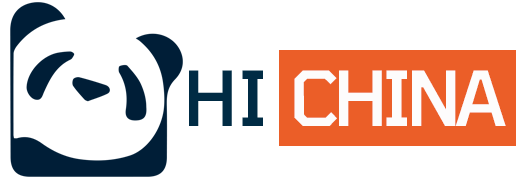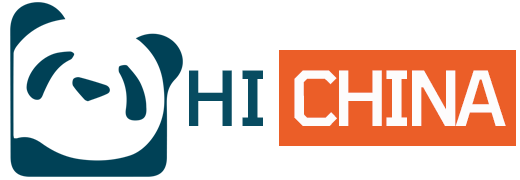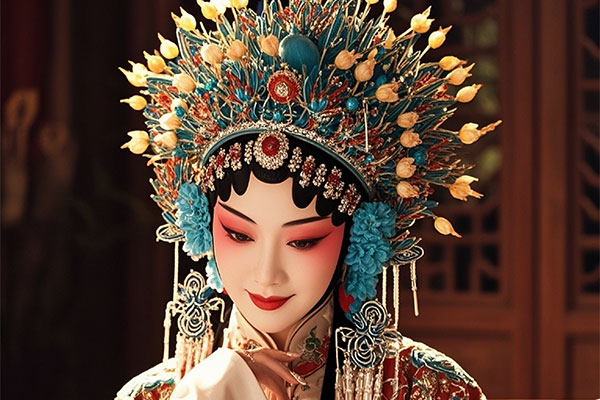Chinese Intangible Cultural Heritage - Peking Opera (Jingju)
Introduction
Peking Opera, also known as "Pingju" or "Jingxi," is one of the most representative forms of traditional Chinese theater. It integrates various performing arts such as singing, recitation, acting, and acrobatics, and is renowned for its unique vocal styles, elaborate costumes, intricate facial makeup, and rich performance techniques. Peking Opera is not only a theatrical art form but also an important carrier of Chinese traditional culture, often referred to as the "quintessence of Chinese culture."
History
The history of Peking Opera dates back to the late 18th century during the Qianlong era of the Qing Dynasty. It evolved from a combination of various regional operas, including Anhui Opera, Han Opera, Kunqu Opera, and Qinqiang Opera, while incorporating cultural elements from Beijing. By the mid-19th century, Peking Opera had matured and gained popularity nationwide, becoming a beloved art form in both imperial courts and among the common people. In the early 20th century, Peking Opera reached its golden age, giving rise to many renowned performers and distinct schools of artistry.
Regional Characteristics
Although Peking Opera originated in Beijing, its influence extends across China and even globally. As the birthplace of Peking Opera, Beijing is home to many famous theaters and performance troupes, such as the Mei Lanfang Grand Theatre and the National Peking Opera Company. Additionally, performances in cities like Shanghai, Tianjin, and Wuhan have developed their own unique styles, contributing to the diversity of Peking Opera.
Cultural Significance
Peking Opera is an integral part of Chinese traditional culture. Its repertoire often draws from historical stories, myths, legends, and folk tales, reflecting the lives, beliefs, and values of the Chinese people. The performance art of Peking Opera combines elements of literature, music, dance, visual arts, and martial arts, showcasing immense artistic and cultural value.
Performing Arts
The performing arts of Peking Opera are highly diverse, encompassing four main aspects: singing, recitation, acting, and acrobatics. Singing is the core of Peking Opera, with two primary vocal styles: Xipi and Erhuang. Recitation involves expressing emotions through unique vocal tones and rhythms. Acting refers to the physical movements and facial expressions of the performers, while acrobatics demonstrate exceptional martial arts skills. Additionally, the facial makeup and costumes of Peking Opera are distinctive artistic features, with the makeup using different colors and patterns to represent the personalities and destinies of the characters.
Preservation and Innovation
As a Chinese Intangible Cultural Heritage, Peking Opera has received widespread attention and protection from the state and society. Many local governments and cultural institutions actively promote the inheritance and development of Peking Opera, nurturing a new generation of performers. At the same time, Peking Opera continues to innovate, integrating modern artistic forms and demonstrating renewed vitality.
Conclusion
Peking Opera is a treasure of Chinese traditional culture, carrying a rich historical and cultural legacy. By preserving and passing down this ancient art form, we can not only appreciate the brilliance of Peking Opera performances but also gain a deeper understanding and appreciation of Chinese traditional culture.







